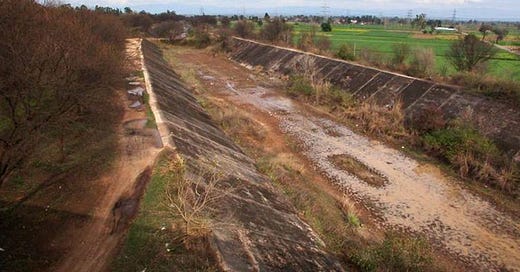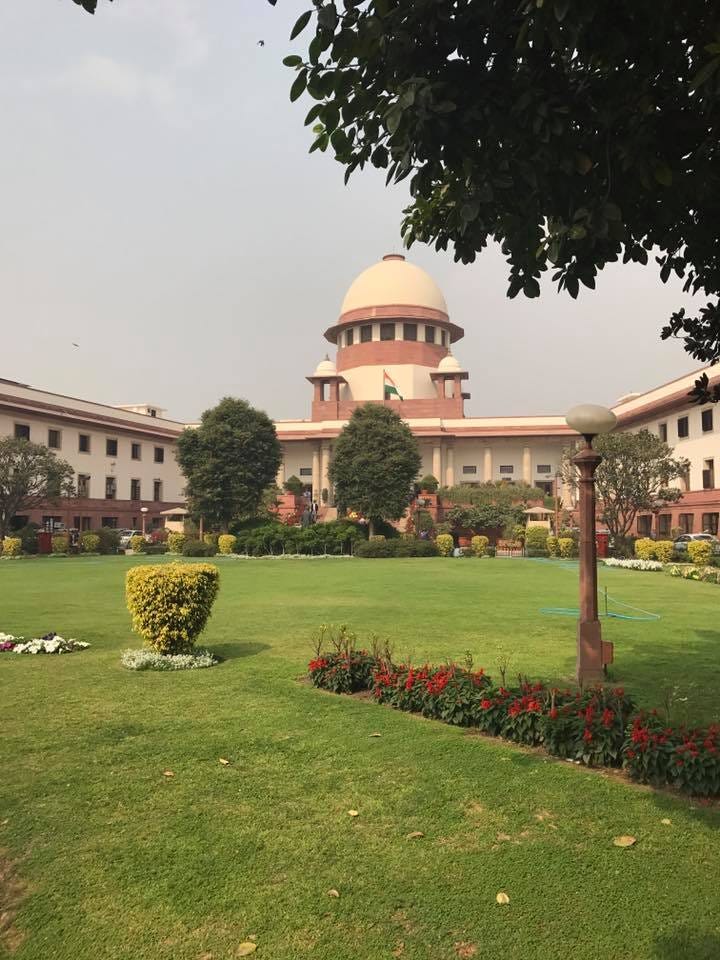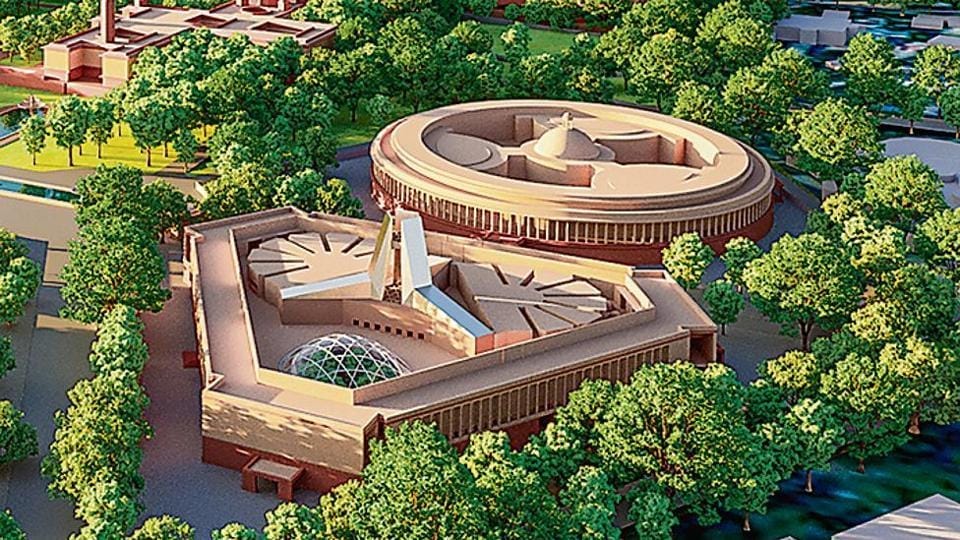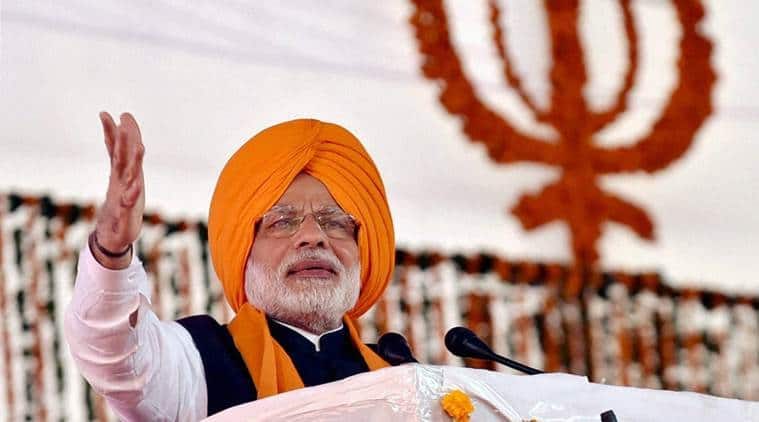SYL Canal and River Waters Dispute— How to Resolve it with one stroke of pen
An Out-of-the Box Solution to the SYL Canal Imbroglio: A Central Act to protect existing water usage and compensating the farmers of the deficit state.
A New Approach to Resolving the SYL Canal Conundrum
The SYL Canal Project appears to be an insoluble and unyielding challenge. Adjudications by the Supreme Court—whether acting in its original jurisdiction on interstate disputes or its consultative jurisdiction under Article 143 of the Constitution—have failed to provide a lasting resolution. Likewise, political negotiations, inter-state agreements, and statutory River Water Tribunals have fallen short.
Legislative and Executive Interventions
Unilateral legislative acts like the Punjab Termination of Water Agreements Act of 2004 have only succeeded in delaying the issue, not resolving it. Similarly, the Punjab Government's innovative November 2016 executive notification returning the SYL project land to original landowners created a significant obstacle but failed to permanently resolve the problem.
Broader Context of Water Disputes
SYL Canal is not an isolated issue. Interstate water disputes, sometimes further complicated by environmental concerns, sap not just the physical and financial resources of states but also impede investments in subsidiary irrigation infrastructure. Ongoing disputes over Narmada, Cauvery, Krishna, and Godavari waters illustrate this stubborn reality.
The Vicious Cycle
The nature of water disputes often resembles a zero-sum game, expending more effort and resources than the benefit derived. These disputes create political issues, inflame public sentiment, and essentially yield winners only among legal counsels who garner substantial fees.
A Bold and Innovative Solution
Our proposal is both elegant and bold, conceivable only under the dynamic leadership of a strong Prime Minister like Narendra Modi. Here's what we suggest1:
Legal Framework
Enact a Central Act: This could be promulgated through an immediate ordinance, freezing existing water usage for every state as of the law's effective date.
Overriding Provisions: The Act should supersede any other conflicting law, judgment, decree of any court or agreement etc.
Domestic Supremacy: This law should override any international considerations, such as the riparian and river basin issues, but not affect the existing international treaties like the Indus Waters Treaty of 1960 and the Teesta Waters Treaty with Bangladesh, in any way.
Implementation Mechanisms
Calculate 20-Year Average: A 20-year average of existing water usage should be computed based on available data.
Determine Deficit: The Central Government shall, in consultation with State Governments, determine an annual water deficit for state that has raised the river waters dispute, expressed in million acre-feet, as a one-off exercise.
Financial Aspects
Compensation: The Central Government should compensate deficit state(s) at the rate of Rs. 10,000 per acre per annum for a period of 10 years, to be paid to the farmers.
Flexibility in Compensation: The rate and period may be modified by the Central Government through official notifications.
Disbursement and Administration
Advance Transfer: Each year, the aforesaid quantum of funds should be transferred in advance to the concerned state, earmarked exclusively for eligible landowners/cultivators.
State Autonomy: The states should be authorised to frame rules under this law, as regards the disbursement of the compensation to the farmers and administration, including dispute resolution, inter se the farmers.
Additional Provisions
Capital Grant: Deficit states should receive a one-time capital grant for creating irrigation infrastructure, equal to twice the aforesaid annual grant.
Abatement of Cases: All pending cases concerning river water disputes, including those in the Supreme Court, shall abate upon this law's enactment. New issues, after the commencement of this Act, to be resolved using the riparian principle, applied on the date the new dispute is raised.
Concluding Remarks and Looking Ahead
In summary, the concept we've presented offers a balanced, yet radical approach to interstate water disputes that have plagued the Indian states for decades. By implementing a Central Act that provides a comprehensive framework for water sharing and compensation, we propose to "freeze" the status quo. This eliminates the need for divisive and protracted legal battles, paving the way for a sustainable, equitable solution. The framework also provides for substantial financial incentives to deficit states, allowing for infrastructural development and direct compensation to the farmers who are the backbone of our agrarian economy.
What will Haryana get?
In the context of the specific dispute between Punjab and Haryana, this proposal provides a win-win solution. While Haryana's legitimate claims of 3.5 to 4.0 MAF could be met through financial compensation from the Centre—estimated at around Rs 4,000 crore per annum for a decade—Punjab would not need to sacrifice its current water usage or complete the contentious SYL canal. Existing agreements with Rajasthan would also remain untouched, preserving the water security of multiple stakeholders.
Sceptics may argue that legislative action of this sort could be complex and fraught with loopholes. However, it's vital to underline that the objective is not to arrive at an exact scientific determination of water usage, but rather to achieve a "ballpark" consensus that provides immediate relief and long-term stability to the deficit state and the other stakeholders.
Over to PM Narendra Modi
The current political landscape under Prime Minister Narendra Modi's leadership provides a unique window of opportunity. Known for taking bold steps and implementing changes swiftly, the Modi Government could make this vision a reality in a matter of weeks, not months. A lasting solution to interstate water disputes could not only be a part of Modi’s legacy but would also signify a momentous stride toward national unity and economic development.
As the adage of the current leadership suggests, "Modi hai to mumkin hai" ("If Modi is there, it is possible"). Now more than ever, the political will and administrative capabilities exist to bring this proposal to fruition. It’s high time we seize this "Eureka Moment" in the history of our nation to resolve an issue that has been a source of discord for far too long.
If you think this article makes some sense, please do forward it to someone who’d be able to appreciate it.
For a more elaborate version of this article, follow the link below:
https://docs.google.com/file/d/1nySGz7rCIevKwN3kO4aRWla28ScCEhZ1/edit?usp=docslist_api&filetype=msword








